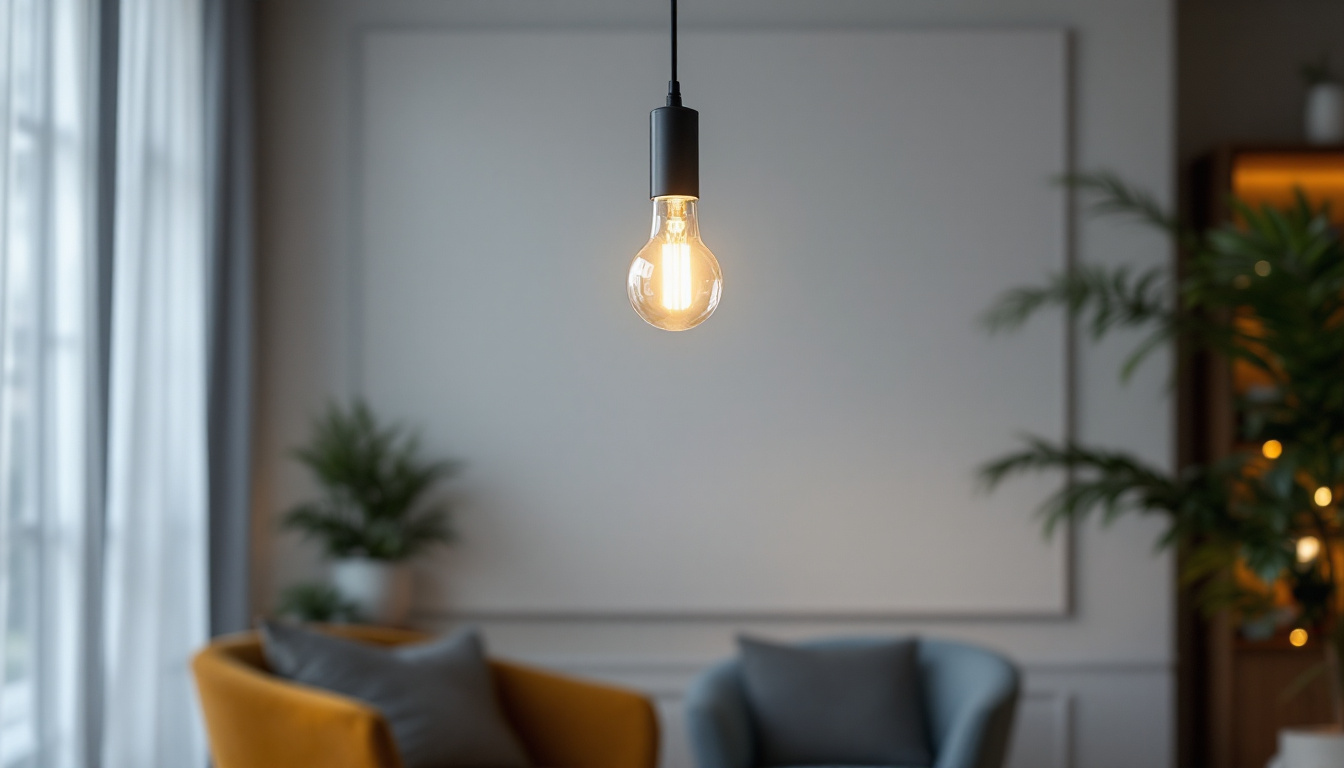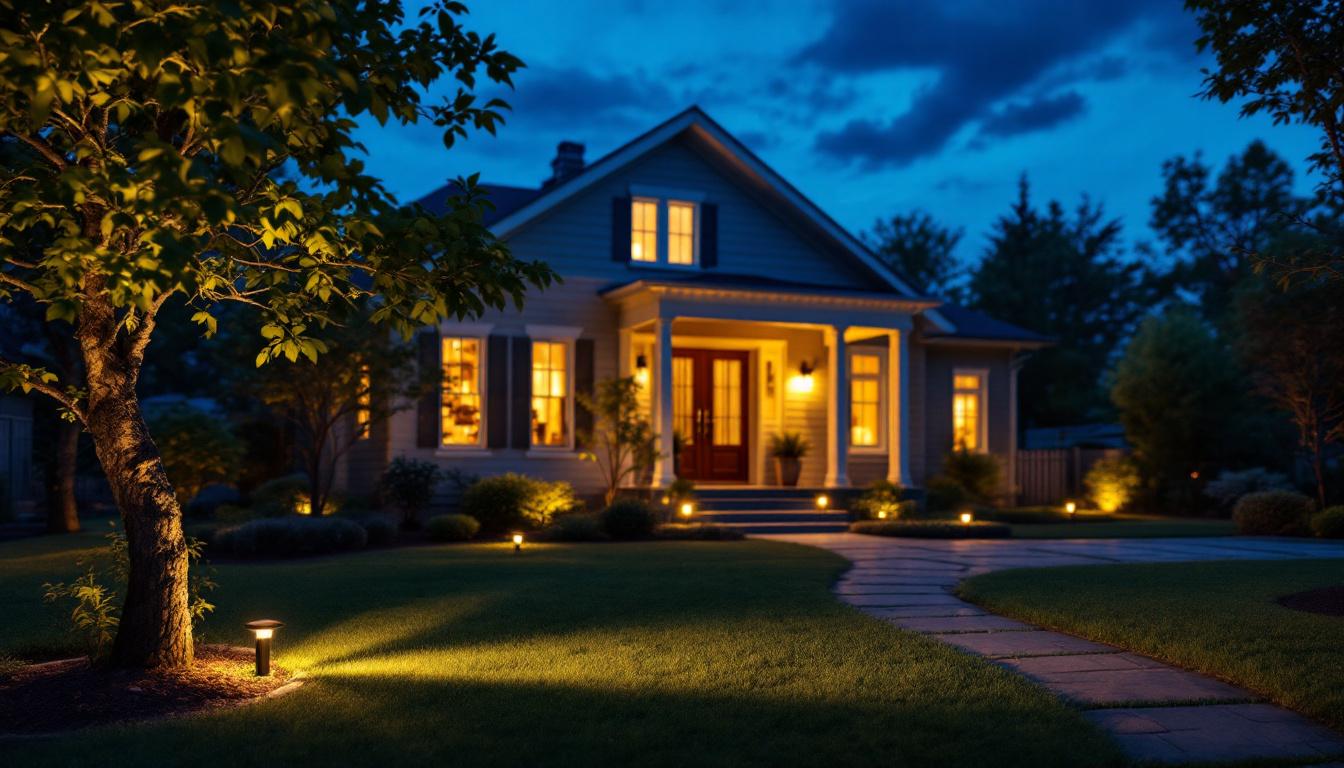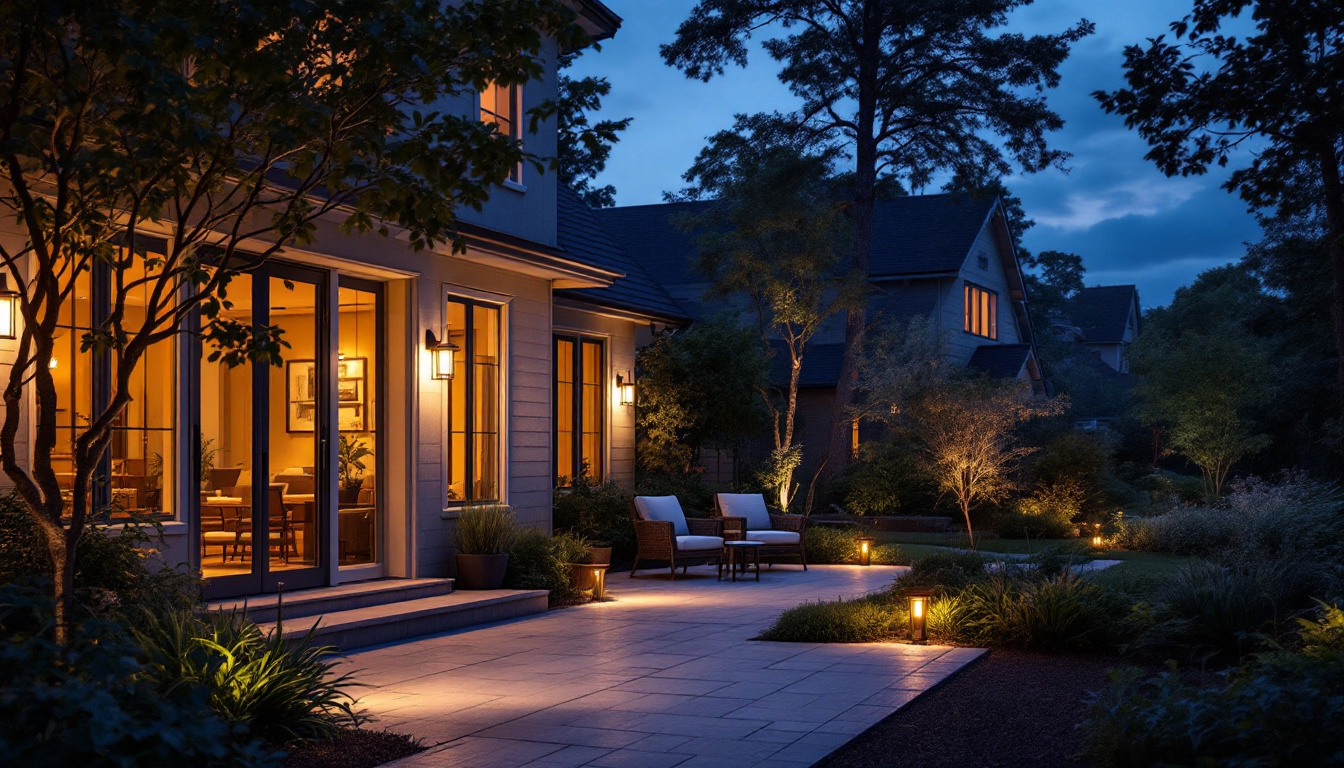
In the realm of lighting design, the single hanging light serves as a versatile and impactful choice. Whether it’s for residential spaces, commercial environments, or artistic installations, understanding the nuances of selecting and installing a single hanging light is crucial for lighting professionals. This article provides a comprehensive checklist, ensuring that every aspect of the process is covered, from selection to installation and maintenance.
Before diving into the specifics of selection and installation, it is essential to grasp the purpose of single hanging lights. These fixtures can serve various functions, from providing ambient lighting to acting as a statement piece in a room. Identifying the intended use will guide the choice of design, size, and placement. For instance, a well-placed hanging light can create a cozy nook for reading or dining, while a more dramatic fixture can draw attention and set the tone for an entire space.
Moreover, single hanging lights can also play a crucial role in accentuating architectural features or artwork within a room. By strategically positioning these lights, homeowners can highlight elements such as a textured wall, a beautiful piece of art, or even a unique ceiling design. This not only adds depth to the overall lighting scheme but also transforms the space into a more dynamic and engaging environment.
Single hanging lights can be utilized in a myriad of environments. In residential settings, they often illuminate dining areas, kitchens, and entryways. In commercial spaces, they can enhance the atmosphere of cafes, restaurants, and retail shops. Understanding the space’s characteristics will help in selecting the right fixture. For example, a large, bold pendant light might be ideal for a spacious dining room, while a smaller, more understated design could work perfectly in a cozy kitchen or hallway.
Additionally, the height of the ceiling and the layout of the space can significantly influence the choice of hanging light. In rooms with high ceilings, longer drop fixtures can create a dramatic effect, while in lower-ceilinged areas, flush or semi-flush mounts may be more appropriate to avoid overwhelming the space. This thoughtful consideration ensures that the lighting not only serves its functional purpose but also enhances the overall design of the area.
The design of the hanging light should complement the overall aesthetic of the space. Whether the style is modern, rustic, or eclectic, the light fixture should harmonize with the existing decor. This consideration not only enhances the visual appeal but also contributes to the overall ambiance of the area. For instance, a sleek, metallic pendant can add a touch of sophistication to a contemporary kitchen, while a vintage-inspired lantern might evoke a sense of warmth and nostalgia in a rustic dining room.
Furthermore, the choice of materials and finishes plays a significant role in how a hanging light interacts with its surroundings. Glass shades can create a soft, diffused glow, while exposed bulbs can provide a more industrial feel. Mixing and matching different materials can also lead to unique combinations that reflect personal style, allowing homeowners to express their individuality through their lighting choices. Ultimately, the right hanging light can become not just a source of illumination, but a focal point that ties the entire room together.
Selecting the appropriate hanging light fixture involves several critical factors. Each element contributes to the functionality and style of the light, making it essential to consider them carefully.
One of the most vital aspects of choosing a hanging light is ensuring the size is appropriate for the space. A fixture that is too large can overwhelm a small room, while one that is too small may go unnoticed in a larger area. As a rule of thumb, the diameter of the light should be approximately one-third the width of the table or surface it hangs above. Additionally, consider the overall height of the room; a space with high ceilings may benefit from a larger or multi-tiered fixture that draws the eye upward, creating a sense of grandeur and balance.
The height at which a hanging light is installed can significantly affect its functionality and aesthetic appeal. For dining areas, a general guideline is to hang the light 30 to 36 inches above the table. This height allows for adequate illumination while ensuring that the fixture does not obstruct views or conversations. In other spaces, such as entryways or living rooms, the height may vary; a dramatic chandelier might be hung lower to create a cozy atmosphere, while a pendant light in a hallway should be positioned higher to avoid interference with foot traffic.
The material and finish of the hanging light can drastically influence its style and durability. Common materials include metal, glass, and fabric, each offering unique benefits. Metal fixtures tend to provide a modern look, while glass can add elegance. Additionally, finishes such as matte, polished, or antique can further enhance the fixture’s appeal. It’s also worth considering how the material interacts with the surrounding decor; for instance, a rustic wood finish can complement farmhouse-style interiors, while sleek chrome might be more suited to contemporary spaces. Furthermore, the choice of material can impact maintenance; glass fixtures may require more frequent cleaning to keep them sparkling, while metal can often be wiped down easily.
Once the fixture has been selected, attention must turn to the electrical aspects of the installation. Ensuring safety and compliance with local codes is paramount for lighting professionals.
Before installation, it is essential to assess the existing wiring in the space. The fixture should be compatible with the current electrical system, and any necessary upgrades should be made to accommodate the new light. This may involve installing a new junction box or ensuring that the wiring can handle the load of the fixture.
Understanding the voltage and wattage requirements of the chosen fixture is crucial for optimal performance. Most residential fixtures operate on 120 volts, but it is essential to verify this before installation. Additionally, selecting the appropriate wattage will ensure adequate illumination without risking overheating or damage to the fixture.
Incorporating control systems, such as dimmers or smart lighting solutions, can enhance the functionality of a single hanging light. Dimmers allow for adjustable brightness, creating the desired atmosphere for various occasions. Smart lighting systems offer even greater flexibility, enabling remote control and automation.
Proper installation is key to ensuring that the single hanging light functions effectively and safely. Following best practices can help avoid common pitfalls and guarantee a successful installation.
Before beginning the installation, it is important to gather the necessary tools and equipment. Common tools include a drill, screwdriver, wire stripper, and voltage tester. Having everything on hand will streamline the process and reduce the risk of errors.
Safety should always be the top priority during installation. Before starting, ensure that the power is turned off at the circuit breaker to prevent electrical shock. Additionally, wearing safety goggles and gloves can protect against potential hazards while handling tools and fixtures.
Following a systematic approach during installation can help ensure success. Begin by securing the mounting bracket to the ceiling, then connect the wiring from the fixture to the existing electrical supply. Finally, attach the light fixture to the bracket and restore power to test the installation.
Once the single hanging light is installed, ongoing maintenance is essential to keep it functioning optimally and looking its best. Regular care can extend the life of the fixture and maintain its aesthetic appeal.
Cleaning the fixture regularly can prevent dust and grime buildup, which can affect its brightness and appearance. For most materials, a soft cloth and mild soap solution will suffice. However, specific materials may require special care, so it is advisable to consult the manufacturer’s guidelines.
Over time, light bulbs will need to be replaced to maintain optimal illumination. It is important to use the correct type and wattage of bulbs as specified by the fixture’s manufacturer. Regularly checking the bulbs can prevent unexpected outages and ensure consistent lighting.
Periodic inspections of the electrical components are vital for safety. Checking for frayed wires, loose connections, or signs of wear can help identify potential issues before they become serious problems. If any concerns arise, it is best to consult a licensed electrician.
Staying updated on design trends can help lighting professionals make informed choices that resonate with clients. The world of lighting design is constantly evolving, with new styles and technologies emerging regularly.
Minimalism continues to be a popular trend in lighting design. Single hanging lights with clean lines and simple shapes can create an elegant and uncluttered look. These fixtures often utilize neutral colors and materials, allowing them to blend seamlessly into various settings.
Vintage and industrial designs have made a significant comeback in recent years. Fixtures that incorporate elements like exposed bulbs, metal finishes, and rustic materials can add character and charm to any space. These styles often evoke a sense of nostalgia while remaining functional.
The rise of smart technology has transformed the lighting industry. Single hanging lights equipped with smart features allow for customizable settings, energy efficiency, and remote control capabilities. Embracing these innovations can enhance the functionality of lighting solutions and appeal to tech-savvy clients.
The single hanging light is a powerful tool in the arsenal of lighting professionals. By following this essential checklist, from understanding the purpose and selecting the right fixture to ensuring proper installation and maintenance, lighting contractors can deliver exceptional results. Keeping abreast of design trends and innovations will further enhance the ability to meet client needs and preferences. As the lighting landscape continues to evolve, staying informed and adaptable will ensure continued success in the field.
Ready to elevate your lighting projects with the perfect single hanging light? At LumenWholesale, we offer an extensive selection of spec-grade lighting products that blend quality, affordability, and convenience. Say goodbye to inflated markups and hello to top-quality lighting at unbeatable wholesale prices. With our hassle-free bulk buying and free shipping, you can trust that you’re getting premium lighting without any hidden fees. Make your next project shine and experience the LumenWholesale difference today. Wholesale Lighting at the Best Value.

Discover essential outdoor dawn-to-dusk security lights for lighting contractors.

Discover why outdoor lighting is essential for every home and how it can enhance curb appeal, security, and energy efficiency.

Discover how gas illumination is revolutionizing the lighting industry by enhancing efficiency and reducing costs for contractors.

Discover why lighting contractors should prioritize solar power lights for outdoor projects.